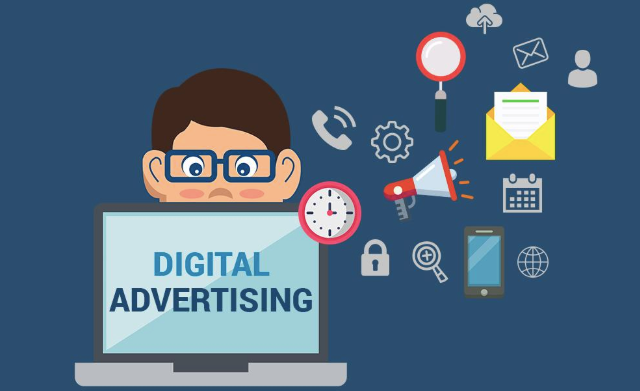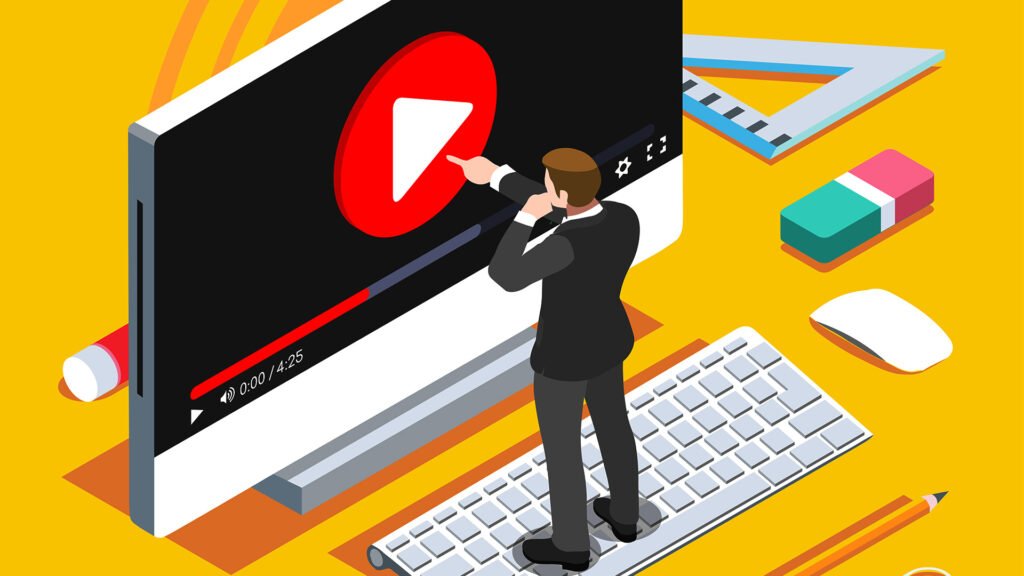In today’s fast-paced digital landscape, small businesses can no longer afford to rely solely on traditional marketing methods. Digital advertising has become a powerful, cost-effective way to reach target audiences, increase brand visibility, and drive sales. This comprehensive guide will help you understand the fundamentals of digital advertising, explore various platforms and strategies, and learn how to build successful campaigns for your small business.
What Is Digital Advertising?

Digital advertising refers to the practice of promoting products or services using digital channels, including websites, search engines, social media platforms, email, and mobile apps. Unlike traditional advertising, digital ads can be highly targeted and measured in real-time, allowing small businesses to optimize their marketing spend.
Key Benefits of Digital Advertising
- Cost-effectiveness: You can start with a small budget and scale as you grow.
- Targeted reach: Reach the right audience based on demographics, location, behavior, and interests.
- Real-time results: Track ad performance and adjust strategies instantly.
- Multi-channel exposure: Promote your business across various digital platforms simultaneously.
Types of Digital Advertising
1. Search Engine Advertising (PPC)
Pay-per-click (PPC) advertising on search engines like Google allows your ad to appear at the top of search results when users type relevant keywords. You pay only when someone clicks your ad.
2. Social Media Advertising
Platforms like Facebook, Instagram, LinkedIn, and TikTok enable businesses to target specific audiences with visual, video, or text-based ads.
3. Display Advertising
These are banner or image-based ads shown on websites, apps, or videos that are part of an ad network like Google Display Network.
4. Video Advertising

YouTube and other video platforms allow you to run short or long-form video ads that can capture attention quickly.
5. Native Advertising
These ads match the look and feel of the content on the platform they appear on, such as sponsored articles or product recommendations.
6. Email Advertising
Sending promotional messages directly to a list of email subscribers remains one of the highest-ROI forms of digital advertising.
7. Influencer Marketing
Partnering with social media influencers can help you promote your products to their followers in an authentic way.
Choosing the Right Platform
Selecting the right platform depends on your goals, target audience, and budget.
Facebook & Instagram
Great for visual content, brand awareness, and detailed audience targeting.
Google Ads
Ideal for high-intent users who are actively searching for your product or service.
Best suited for B2B marketing, job recruitment, and professional services.
YouTube
Perfect for storytelling, product demos, and reaching younger audiences through video.
TikTok
Effective for short-form video ads and connecting with Gen Z consumers.
Setting Up a Digital Advertising Campaign

Step 1: Define Your Goals
Are you trying to generate leads, boost brand awareness, increase website traffic, or drive sales?
Step 2: Know Your Audience
Create customer personas that outline your ideal customers’ demographics, interests, and pain points.
Step 3: Set a Budget
Decide how much you’re willing to spend daily or monthly, and allocate funds across different platforms or ad sets.
Step 4: Create Compelling Ad Content
Use high-quality visuals, persuasive copy, and clear calls-to-action. Make sure the message resonates with your audience.
Step 5: Choose the Right Format
Each platform offers various ad formats — carousel, slideshow, video, image, text, and more. Select the format that aligns with your goals.
Step 6: Launch and Monitor
Go live with your campaign, but keep an eye on performance metrics such as CTR (click-through rate), conversions, and ROAS (return on ad spend).
Step 7: Optimize for Performance
Use A/B testing to experiment with different headlines, visuals, and formats. Continuously refine your campaigns based on what works.
Key Metrics to Track
- Impressions: How often your ad is displayed.
- Click-Through Rate (CTR): Percentage of viewers who clicked your ad.
- Conversion Rate: Percentage of users who completed the desired action.
- Cost Per Click (CPC): How much you pay per click.
- Return on Ad Spend (ROAS): Revenue earned for every dollar spent on advertising.
Common Mistakes to Avoid
- Not having a clear goal
- Ignoring audience targeting
- Using low-quality visuals or copy
- Failing to track performance metrics
- Not testing different ad versions
Tips for Success
- Start small and scale as you learn.
- Use retargeting to reach users who showed interest but didn’t convert.
- Keep up with trends and platform updates.
- Hire professionals or use digital ad tools to enhance performance.
Also Read : Digital Marketing Degree Programs: What To Expect And How To Enroll
Conclusion
Digital advertising provides small businesses with powerful tools to reach and engage their target audience. With a solid understanding of platforms, strategy, and performance metrics, you can create cost-effective campaigns that drive real results. As the digital landscape evolves, staying informed and adaptable will ensure continued success in your advertising efforts.
FAQs
1. What is the best digital advertising platform for small businesses?
It depends on your goals. Google Ads is great for search intent, while Facebook and Instagram are ideal for social engagement.
2. How much should a small business spend on digital advertising?
Start with what you can afford — even $100/month can be enough to test and learn.
3. Can I do digital advertising myself or should I hire an expert?
You can start on your own using platform tutorials. As you grow, consider hiring an expert or agency.
4. How do I know if my ads are working?
Monitor KPIs like CTR, conversions, and ROAS. Use analytics tools to track and optimize performance.
5. What’s the difference between SEO and digital advertising?
SEO is organic (free) optimization, while digital advertising is paid promotion. Both are important for visibility.
